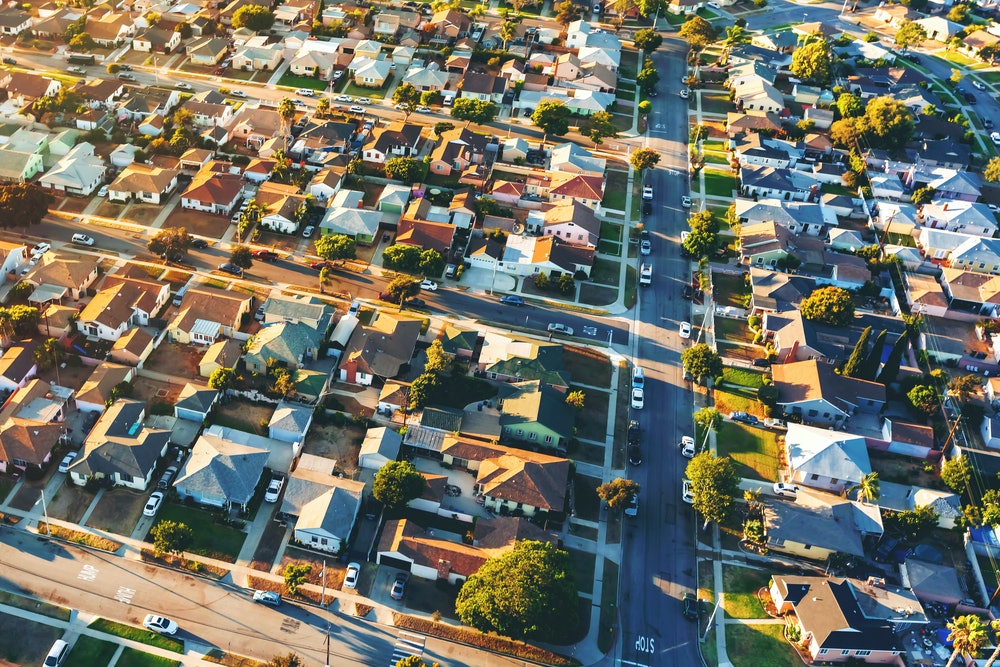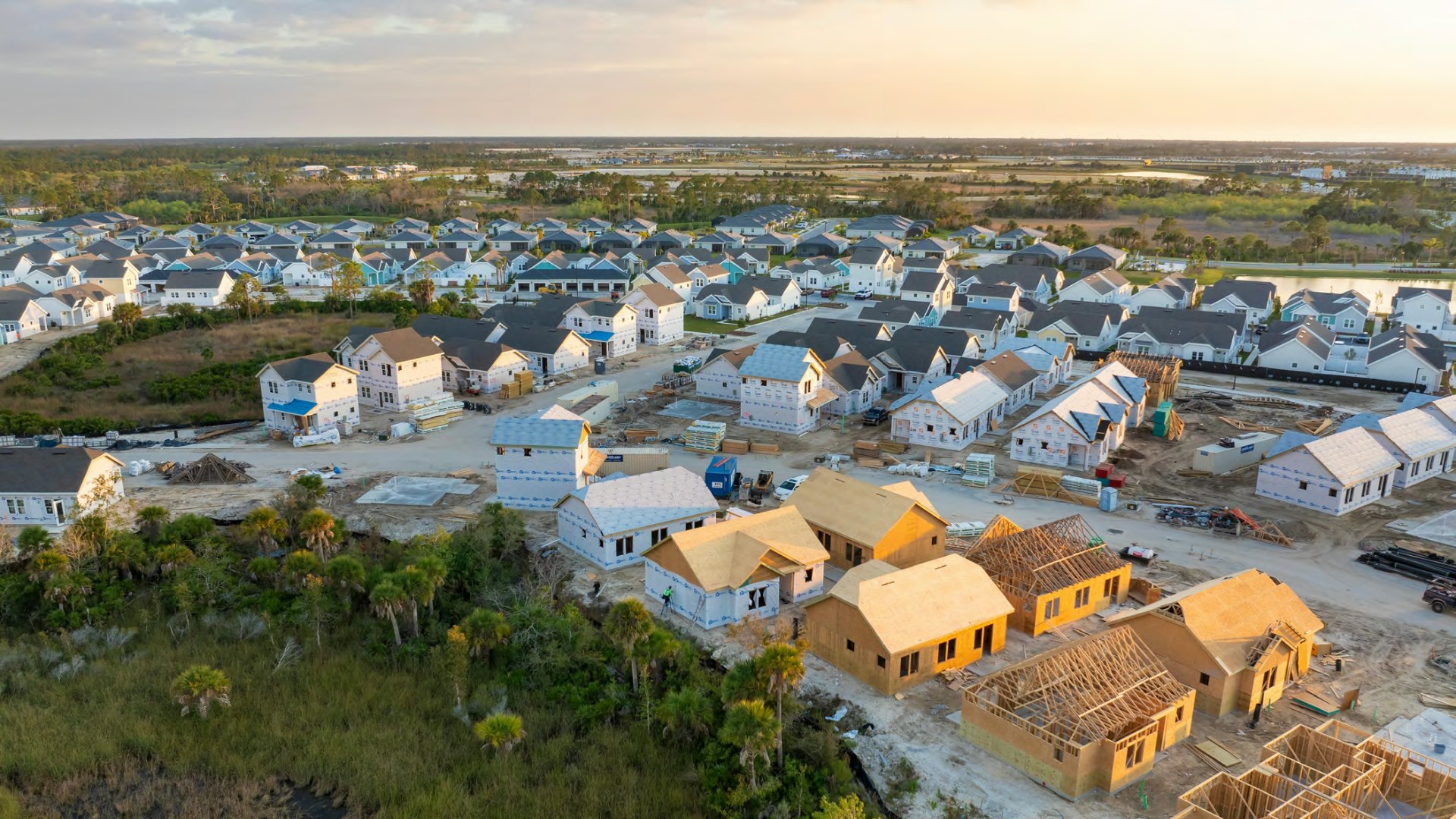American cities must address their growing home affordability challenges to revive upward mobility and ensure broad-based growth.
Historically, cities have been the world’s greatest engines of upward mobility. Yet America’s urban engines of opportunity are sputtering.
While most big cities are booming, they also face growing challenges. Home prices are increasingly out of reach, the middle class is thinning out, urban geography is bifurcating into “have” and “have-not” neighborhoods, and more low-income citizens feel left behind by 21st century prosperity.
Addressing the urban challenge is an essential precondition for reviving upward mobility and the promise of the middle-class American Dream. The reason: Americans can fulfill their potential only if they can live within range of good opportunities. And thriving cities will likely offer the best opportunities, especially as the economy shifts toward knowledge-based activities dependent on dense clusters of talented people.
The affordability challenge
What urban scholar Richard Florida calls “the new urban crisis” is, above all, a crisis of excessive housing prices. Middle-income people increasingly can’t afford to live in thriving neighborhoods and don’t want to live in struggling ones, so they decamp to suburban towns – or to cheaper parts of the country, typically with reduced opportunities. Poor and working-class people, meanwhile, see housing costs consume more and more of their scarce resources.
Land-rich Sunbelt metros like Atlanta, Houston, and Dallas increasingly experience vast separation between booming neighborhoods of high-skilled professionals and abundant opportunities, on the one hand, and sprawling zones of disinvestment and poverty, on the other. In ultra-expensive cities like San Francisco and New York, competition for land leads to high-displacement versions of “gentrification,” leaving cities unaffordable for lower-income people. Even in less glamorous midwestern cities like Pittsburgh, Kansas City, and Minneapolis, home prices in high-opportunity neighborhoods have risen far ahead of median incomes.
Today’s housing prices partly reflect structural shifts in the economy. Highly productive, knowledge-centric cities are providing ever greater opportunities as well as improving lifestyle amenities to high-skilled people, prompting increased demand for scarce space.
But there’s a growing consensus among economists (see here and here) that flawed public policies are also contributing to the upward spiral in housing prices. Numerous cities have imposed strict land-use regulations, making it more difficult for housing supply to keep up with demand. Seven years into a housing price boom, the pace of new development remains far below levels considered normal in the last third of the 20th century.
Why “place” influences upward mobility
Where one grows up heavily influences one’s life prospects, as economist Raj Chetty has shown. One reason is that cities and neighborhoods vary tremendously in the quality of school and work opportunities nearby.
Another factor: neighborhoods with strong “social capital” – low poverty, high neighborhood cohesion, high civic engagement, and high homeownership rates – see better school and life outcomes for young people growing up there, even controlling for a family’s own economic circumstances.
Promoting inclusive urban growth
America needs cities to do their part in reviving upward mobility. Virtually all thriving cities, first of all, need a major home-building boom focused on middle- and lower-income families. Making this happen will require lighter-touch, more targeted regulation, since only the private sector has the capital and know-how to build at the scale America’s cities need. Also, markets allocate urban land to its highest use far better than government can, so local authorities should not try to micro-manage the dynamic evolution of urban space.
Cities should also incentivize the preservation and rehab of the existing housing stock wherever possible. Existing structures are the affordable homes of the future, and preserving some degree of neighborhood stability contributes to a community’s social capital.
And cities should prioritize the holistic revitalization of disadvantaged neighborhoods, primarily by getting the urban basic rights: K-12 schools, public safety, greenspace, and other amenities.
Objectives should be to bring people closer to opportunities, and opportunities closer to people. Urban place-based policies aren’t the whole solution to reviving America’s engines of opportunity, but they have an important part to play.






























